[vc_row][vc_column][vc_column_text]
The consecrated life, a gift to the Church and an evangelical witness to the world.
[/vc_column_text][vc_column_text]
[/vc_column_text][media animation=”none” link=”” image=”2011″][vc_column_text]The Religious Vows
The members of the Community of Saint John seek to live fully the evangelical counsels of poverty, chastity, and obedience according to the spirit of the Gospel of Saint John.
[/vc_column_text][vc_column_text]
[/vc_column_text][vc_column_text]Words from our Founder:
“The vow of chastity in its most perfect aspect consists in a spirit of virginity. Our hearts then experience that particular vulnerability that love gives and requires. A spirit of virginity brings us very close to Jesus, so that we love what he loves, in His light and in the absolute limpidity of His heart.”“I believe that today’s Church asks us to live these vows in an ever deeper interiority, with the Virgin
“I believe that today’s Church asks us to live these vows in an ever deeper interiority, with the Virgin Mary to help us live what Jesus Himself lived…The vows are a means of achieving union with Him more rapidly, thanks to the theological virtues of faith, hope and love.”“The vow of poverty eliminates everything that might prevent closeness to Jesus. Thus it is the
“The vow of poverty eliminates everything that might prevent closeness to Jesus. Thus it is the guardian of the spirit of virginity. Finally, the vow of obedience enables us to go beyond our own will in order fully to satisfy, in the order of execution, our thirst for closeness to Jesus; The spirit of obedience enables us to pass from a deep union with the heart of Jesus to a union which takes our entire life. The love which binds us to Jesus thus takes possession of all our freedom, all our choices, all our preoccupations. In obedience, we only seek to accomplish the Father’s will.”
Do these vows take on a particular modality in the Congregation of Saint John?
“We would have to consider how Saint John was divinely educated by the Holy Spirit and Mary so that our sole concern may be to be the beloved disciple; that is, the disciple who wanted no separation between the most intimate desires of Christ and His own heart. We would like to live as fully as possible the union of Christ’s heart and Saint John’s heart. Not just to be content with carrying out a rule, but wanting to be one with the Lamb and His wounded heart. This requires constant fervor from us: not a sensitive fervor, but the fervor of the will, of profound and divine love, which shuns half measures and forces a person to give as much as possible; the vows have meaning only in the sense that they enable us to do this.”
A Sign of our Consecration (excerpts from an interview with a Brother).
“The habit is probably the first thing that people notice about the Brothers. It’s a sign that gives rise to various questions; in particular: ‘Why wear a religious habit?’, ‘Why a gray habit?’”
The decision to wear a religious habit was made at the beginning of the Community and responds above all to a desire for fidelity to the Church which, at the time of the Second Vatican Council, presented the religious habit once more as a “sign of their consecration” (Perfectae caritatis, 17). The habit is a sign of belonging. It distinguishes, points out, and reminds the one who wears it that he represents his Community, and by extension, the Church. More precisely, the religious habit bears witness to a life consecrated to the Kingdom of God. Just as the habit envelops the entire body, this consecration takes hold of our entire being. Just as the habit is worn throughout the day, this consecration is for one’s whole life.[/vc_column_text][/vc_column][/vc_row]

